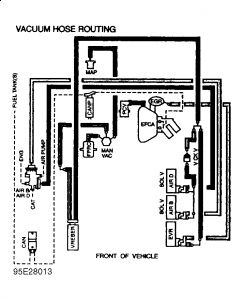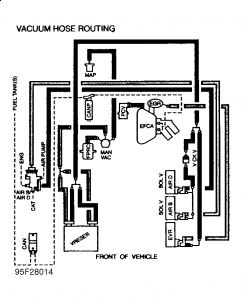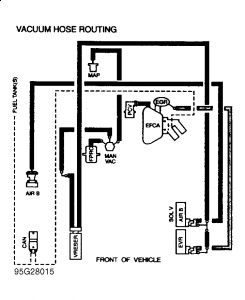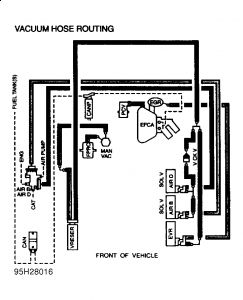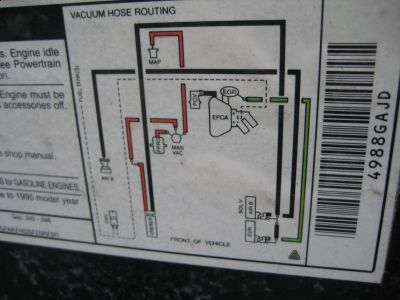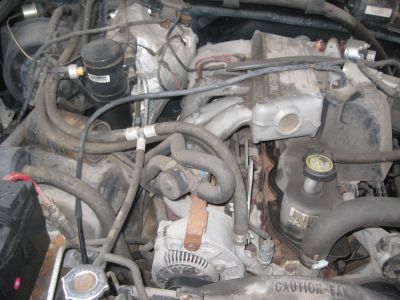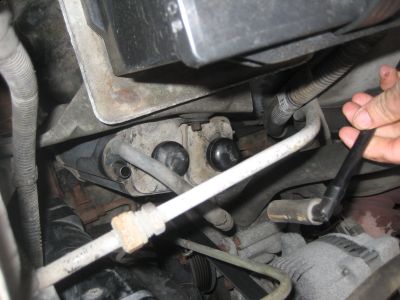I actually had someone else recommend the same thing. They mentioned and EVAP pump that pressurizes the tank. I traced the vent line all the way and found no valves, pumps. Etc. I can't see where it goes into the tank, but can feel it and it doesn't seem there is anything there either.
I rechecked the vacuum on the line between the canister and the intake (this time at higher rpm's than idle) and this time I for sure felt a vacuum, so this seems to be working as expected.
When I remove the fuel caps I do hear pressure escaping (presumably not vacuum collapsing, but I can't be 100% sure), however this doesn't strike me as excessive or anything.
I am starting to question if I didn't get the tank too full and the vacuum was able to suck some gas into the canister. Maybe I even did this a few times and eventually the canister filled up enough that it could suck some raw gas into the intake. This then was what was causing it to cut out when I tried to accelerate on a hill. I did notice some dark smoke one time when it was doing this, so this makes sense.
I'm not 100% convinced and like you said I'd hate to replace the canister only to have it fill up again, but I can't see what could have caused this. It's not throwing any codes and the emissions inspection in my area is just a visual for this age of vehicle, so I'm thinking of just plugging the vac line (can hook it up for the inspection) and letting it vent to atmosphere. I don't like to be too environmentally unkind and I imagine it might cut my fuel economy a bit, but. Maybe I can drain the gas out of the canister and hook it back up to see how long it works. Worst case it takes two seconds to pop the vac hose off if I have an issue again.
OK. Sorry, I'm just typing as I am thinking.
Any more thoughts from your side would be appreciated.
Thanks,
Mark
Saturday, April 17th, 2010 AT 4:07 PM
